Desert Camping
Deserts provide some strikingly beautiful landscapes. The harshness of the hot dry climate can be scenic. For most of the year a desert can go for months without any rain fall. But when the rains do come they can be monsoons. Flash flooding is common.
A desert is defined as an area which receives less than nine inches of rain each year. Evaporation can almost exceed this rainfall level. Water is a scarce commodity. Drinking water must be carried with you. Semiarid climates receive a little more rainfall each year than the true desert.
The desert environment can challenge its campers. Hiking for long distances in a barren, waterless area is not an inviting prospect. Yet the desert has its unique beauty. Its clear skies seem endless. This is true solitude.
Desert hiking demands the correct gear. Protection from the relentless sun is a must. A well ventilated brimmed hat is essential.
A brief monsoon can bring a sudden unexpected downpour. It’s best to plan your stay after this monsoon season. You may be rewarded with blooming desert flowers and a water supply.
Flash flood dangers are real. Steep walled canyons collect the rainfall into an unexpected river torrent. This scours out the once dry riverbed. Never make a camp in a dry riverbed.
Important gear is full body sun protection. Tee shirts and shorts seem inviting but provide little sun protection. Severe sunburns are painful, crippling occurrences.
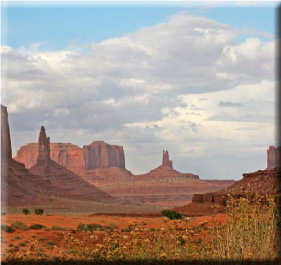
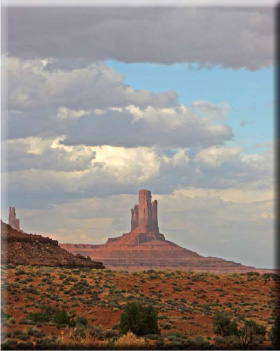
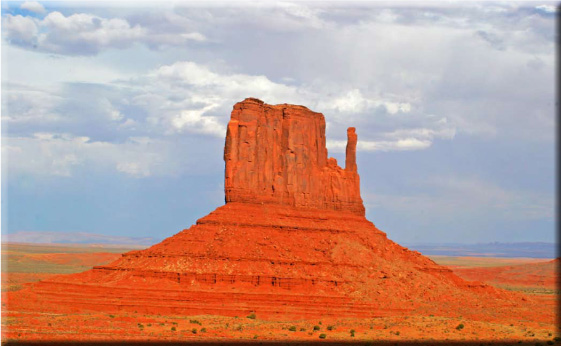
Drinking water is a rarity. Must-have items are water filters and bottles, enough to hold what may seem an excess supply. Most desert water holes are polluted. All the animals in a wide area frequent them. Both animal waste and unwanted minerals find their way into these water holes.
Your shelter must withstand strong desert winds. Sandstorms are unpleasant experiences. Your tent may be filled with fine grit. The finer sands are blown through the mosquito netting and this results in dust everywhere. Your shelter must provide shade.
Also, warm clothing is needed for night times when the temperature can plummet dramatically.
I like to visit the desert in the late winter and early springtime. I’m usually suffering from a bout of cabin fever. The warmer desert climate warms those frozen bones. The desert can provide a reprieve from the snows of home. However, watch the weather forecast because this period is an iffy time and you may be greeted by the same old cold as you have at home. The late fall has more stable, predictable weather patterns. The springtime winds can be absent. This fall season is preferred by most desert campers. In the fall the spring break campers are long gone and you can enjoy the solitude of the fall desert.
I dislike the relentless heat of mid-summer. Everyday temperatures can easily soar past 100° F.
In the late summer of August the monsoon season can occur. These cloudbursts can be refreshing. I like to plan a well-timed trip right after this monsoon season. The desert flowers are in bloom and the dust is gone.
Midwinter is another season to enjoy the desert. It can still be cold but the daytime highs will likely feel warm to you mountain dwellers. Snowfall is light in the desert. When it happens it seems to dust the peaks and monoliths. It’s a striking contrast to the red walls. This is one of my favorite times to photograph.
Midwinter desert camps require a good three or four season tent that can be securely pitched to withstand the wind. Also a warm sleeping bag and foam pad are essential. This is a good time to hike the desert. The hot summer temperatures are cooled to an invigorating one ideal for strenuous activity.
Serious hazards are severe sunburns and dehydration. The low humidity saps the skin’s moisture and draws out more lost fluids by increasing perspiration. Lips can easily become sore and cracked. The deep cracks can turn into painful lacerations that are slow to heal. Desert sunburn seems to deeply penetrate your skin layers. This results in a severely painful experience.
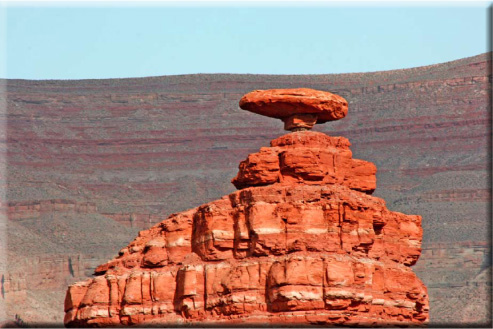
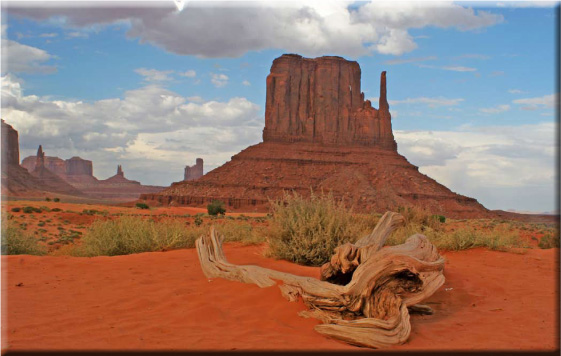
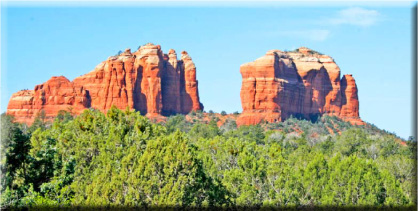
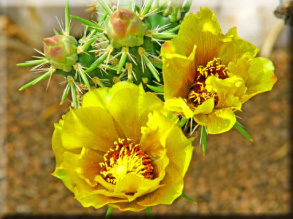
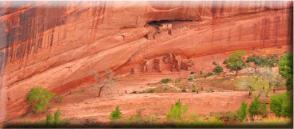
Timing your visit to correspond with desert occurrences can be inviting. The blooming of the desert flowers in such a harsh environment seems impossible. These flowers are delicately adorned in colorful patterns and textures.
Desert hazards can also come from plants and animals. Cactus is common and the many other desert plants seem to be loaded with stickers and sharp spines. Protective footwear and clothing is a must. Long sleeved shirts and thick pants provide some relief from these thorns.
Desert rocks can become surprisingly slippery. The sandstone surface can crumble away. The wet rocks can be slick. Nearly all desert maps have reference to a canyon named “Slick Rock.” Care must be taken when hiking close to any desert precipices. A fall here can become deadly. Desert canyons enjoy an abundance of steep drop-offs and cliff walls. The washes have steep slopes that are hard to negotiate. Canyon Lands are aptly named for their steep canyons.
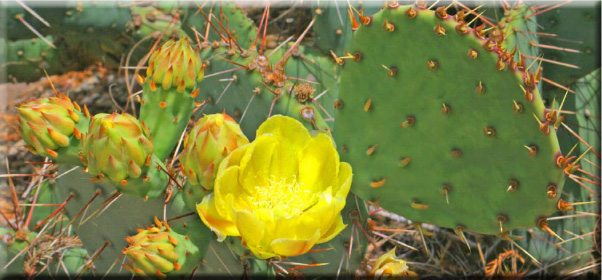
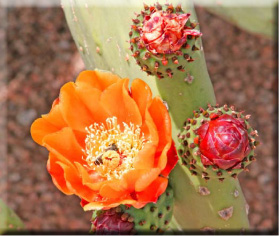
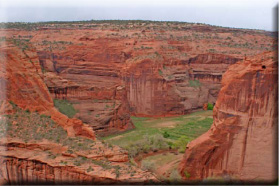

Reptiles are common in most deserts. As a whole they are relatively harmless creatures to be enjoyed. But I have a phobia for rattlesnakes. I dislike the thought of being injected with venom that starts out by digesting your tissue. I avoid rattlesnakes by tapping on the ground with my trekking poles. This warning gives them a chance to retreat. Avoid shady areas underneath plants and rocks. Rattlesnakes are cold blooded creatures that seek areas where the temperature is more favorable to their desired temperature zones. During the day rattlesnakes are rarely sighted, but at night they can become active and easily found.
I’ve hiked in snake-infested canyons and couldn’t find one when the temperatures were too cold or too warm for them. But if you hike this same canyon when temperatures are ideal, and they can seem to be everywhere.
Snakes feed upon mice and small desert rodents. You are not on their menu. They are as fearful of you as you are of them. Bites occur when you tread on one or get too close and panic one. The snake’s venom can also contain enough bacteria to cause an infection that goes along with the toxins. The infection causes more severe swelling damage.
In snake country I carry an extraction system that is a suction pump. This removes venom without cutting. Also I have some anti-venom although some snake bites are dry bites and venom less.
Spiders and scorpions can be hazards. Ants also can cause some painful stings. Deer flies can land on you and take a bite out of you. Mites and wood ticks are other hazards. For protection I rely on a good insect repellent with DEET; plus I cover up with adequate clothing.
Prevention is the best alternative. Inspect your shoes for spiders and scorpions before you put them on.
Don’t tread under shaded rocks or brush or a rattlesnake may lie hidden. I wear Kevlar gaiters over a thick leather boot. These are snakebite proof and give me added confidence when hiking. I’m no longer on constant vigilance for a well-camouflaged snake. My Kevlar gaiters have saved me from three snakebites. I was struck each time as I stepped on a rattler.
The desert can provide some great hikes. These trails are usually lonelier than their mountain counterparts. True solitude can be had. I ponder over how the native peoples survived in such a harsh climate. I look for arrowheads and ancient cliff dweller’s arts and writings. I wonder how skillful they were in survival, how they came up with the everyday need for food and water. Here cliff dwellings were sited with solar engineering in mind. The morning sun warmed their homes and the afternoon shade cooled them.
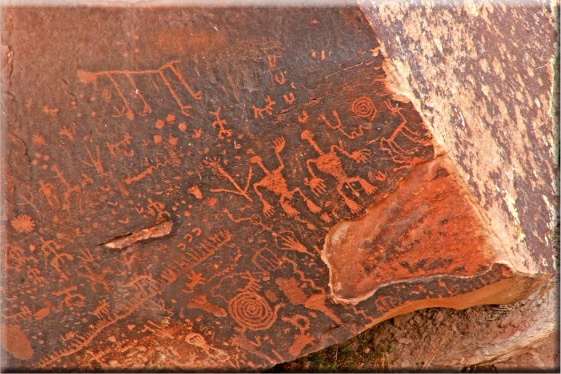
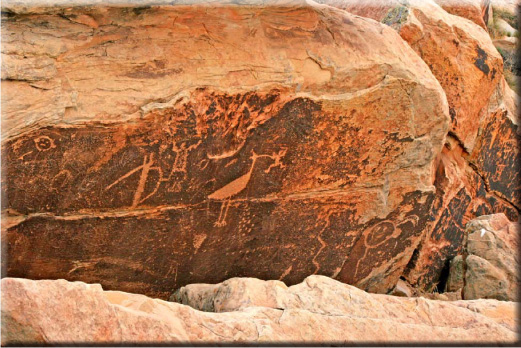
The steep ascent up a sheer wall was a theft deterrent. A supply of rocks was rolled down upon their enemies. Their homes all have a view of the distant travelers.
Their lookout area seems to have a supply of chipped obsidian. It was here while they were on lookout that they fashioned their tools: spearheads and arrow heads. I ponder if they were looking for friendly, neighborly visits or for invaders. Perhaps they were looking for their next barbecue of a desert sheep.
The pictographs on the cave walls fascinate me. I marvel at the unique way that they drew animals and people. I’ve tried to mimic this art because it makes a nice design. I could never think of the way that they drew animals. The bighorn sheep’s horns curl in the wrong way. Why were the cliff walls painted? Could it be a legal title claim to the area, or did it tell of an interesting story of their existence.
A trip to the vast desert landscape is like a trip back into time. This is a refreshing outdoor adventure.
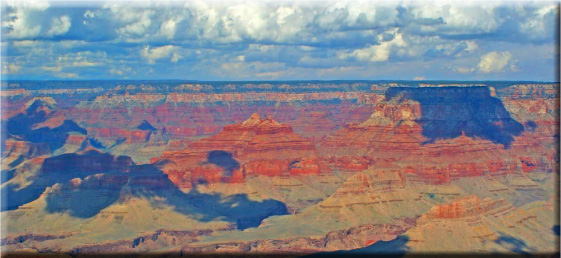
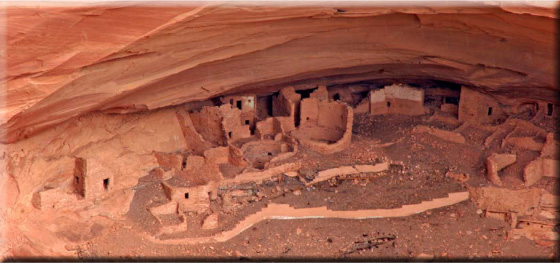
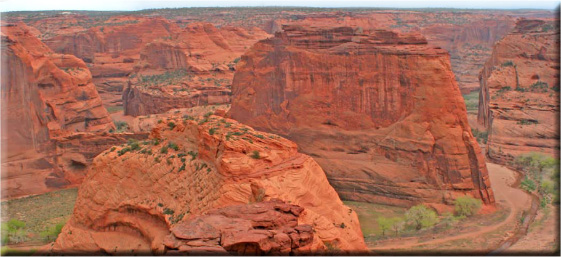
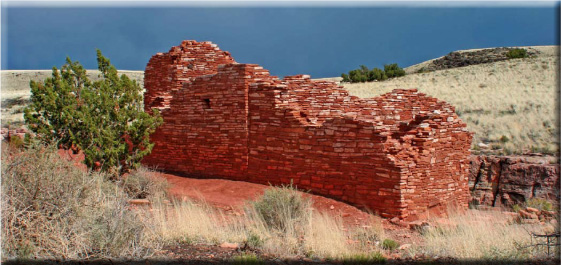
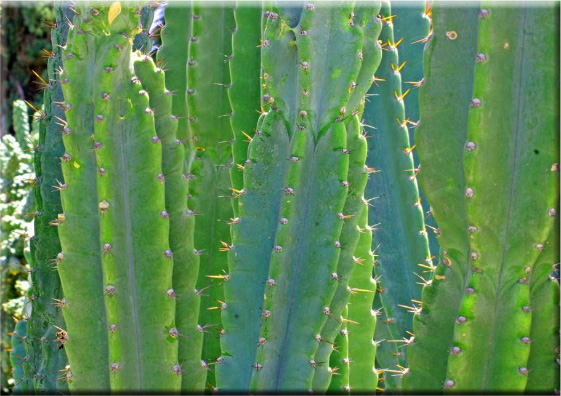
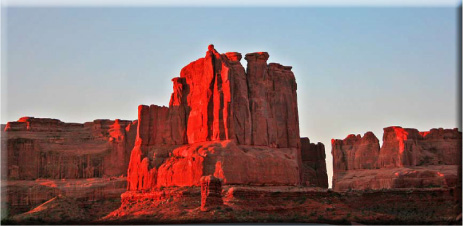
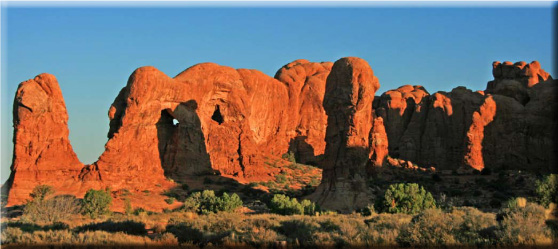
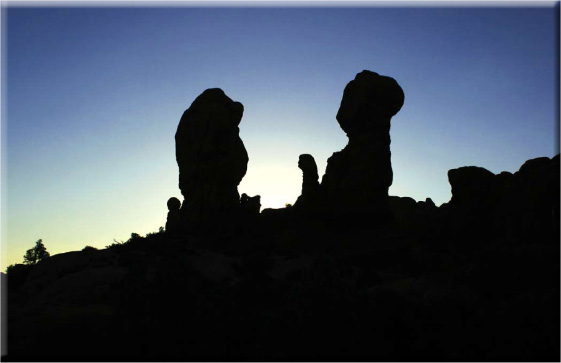
Camping Adventures • Dutch Oven Cooking • Sports Knots
Fly Tying • Freshwater Fishing • Fly Fishing

